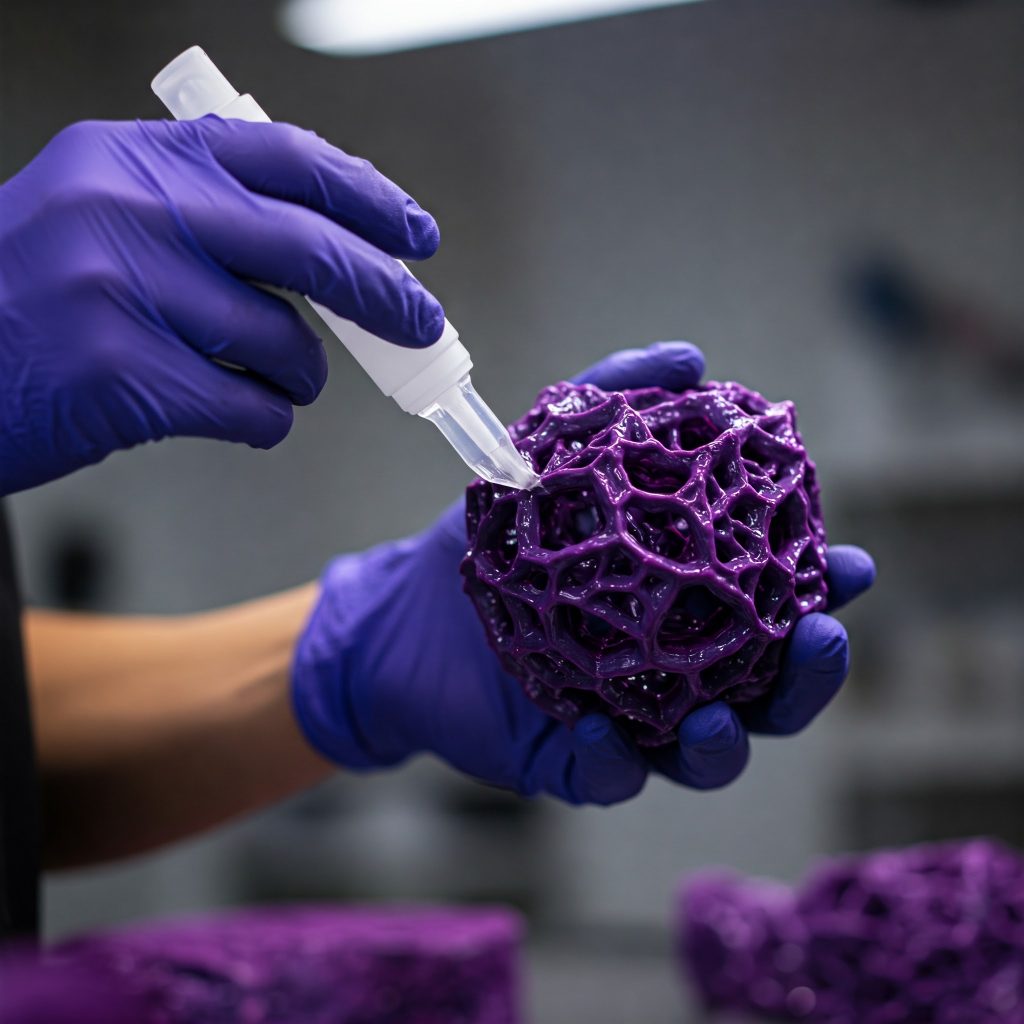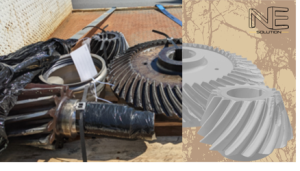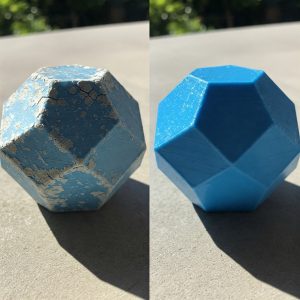
You’ve just received your perfect 3D printed part from your favourite 3D printing service. The detail is crisp, the dimensions are spot-on, and it looks fantastic. But what happens when you expose it to the elements, especially the harsh Australian sun? Many popular 3D printing materials, like PLA and PETG, while versatile and cost-effective, aren’t inherently UV stable. This means sunlight, moisture, and even handling can degrade them over time, leading to:
- Discoloration & Fading: Vibrant colours turn dull and yellowed.
- Brittleness: The plastic loses its flexibility and becomes prone to cracking.
- Surface Degradation: A chalky or rough texture can develop.
- Reduced Strength: The structural integrity of the part can be compromised.
This is especially frustrating if your print is intended for outdoor use, functional prototypes, or simply needs to look its best long-term. So, does this mean you’re limited to only expensive, engineering-grade UV-resistant materials? Absolutely not!
The Secret Weapon: Protective Coatings
The solution lies in post-processing – specifically, applying a protective coating. Think of it like sunscreen for your 3D prints! A suitable coating acts as a barrier, shielding the underlying material from harmful environmental factors.
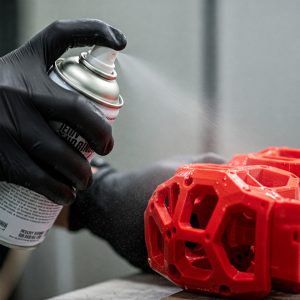
Why Coat Your Non-UV Stable Prints?
- UV Protection: This is the big one. Specific clear coats and paints contain UV inhibitors that absorb or reflect damaging ultraviolet radiation, dramatically slowing down degradation and preserving colour and strength.
- Moisture Resistance: Many coatings seal the microscopic pores inherent in 3D prints, preventing water absorption which can weaken materials like PLA.
- Scratch & Abrasion Resistance: Add a durable layer that protects against everyday wear and tear, keeping your prints looking newer for longer.
- Improved Aesthetics: Coatings can offer various finishes – from high gloss to smooth matte – enhancing the visual appeal and hiding layer lines. You can even use paints for custom colours.
- Chemical Resistance: Some coatings can provide a barrier against certain chemicals or solvents.
- Expanded Applications: Suddenly, that PLA prototype can be tested outdoors for a short period, or that PETG bracket can withstand occasional sun exposure without rapidly failing. Coatings unlock possibilities previously unsuitable for these materials.
Types of Coatings to Consider:
- Spray Clear Coats (Acrylic/Enamel): Easy to apply, widely available, and many offer UV protection. Great for general-purpose sealing and protection. Ensure compatibility with the plastic!
- Brush-On Varnishes: Offer good control, potentially thicker layers, and various finishes.
- Epoxy Resins: Provide a very thick, durable, high-gloss, and often waterproof coating. Can be trickier to apply evenly but offer excellent protection.
- Paints (with UV Protection): Opaque paints inherently block UV light. Priming is usually essential for good adhesion on plastics. Look for paints designed for plastics or outdoor use.
Important Considerations:
- Material Compatibility: ALWAYS test a coating on a scrap piece of the same filament first! Some solvents in coatings can damage certain plastics.
- Surface Preparation: Clean your print thoroughly (isopropyl alcohol often works well) before applying any coating for best adhesion. Light sanding might be needed for some coatings.
- Application: Apply thin, even coats. Multiple thin coats are better than one thick coat. Ensure good ventilation and follow the manufacturer’s instructions regarding drying/curing times.
How Your 3D Printing Service Can Help
Choosing the right material and finish is crucial for project success. Here at NE Solution, as your dedicated 3D printing service, we understand the properties of various materials and the importance of post-processing. While we focus on delivering high-quality prints, we can advise you on material choices based on your application’s environmental exposure. Considering protective coatings from the start can influence material selection and ensure you get the best long-term value from your 3D printed parts.
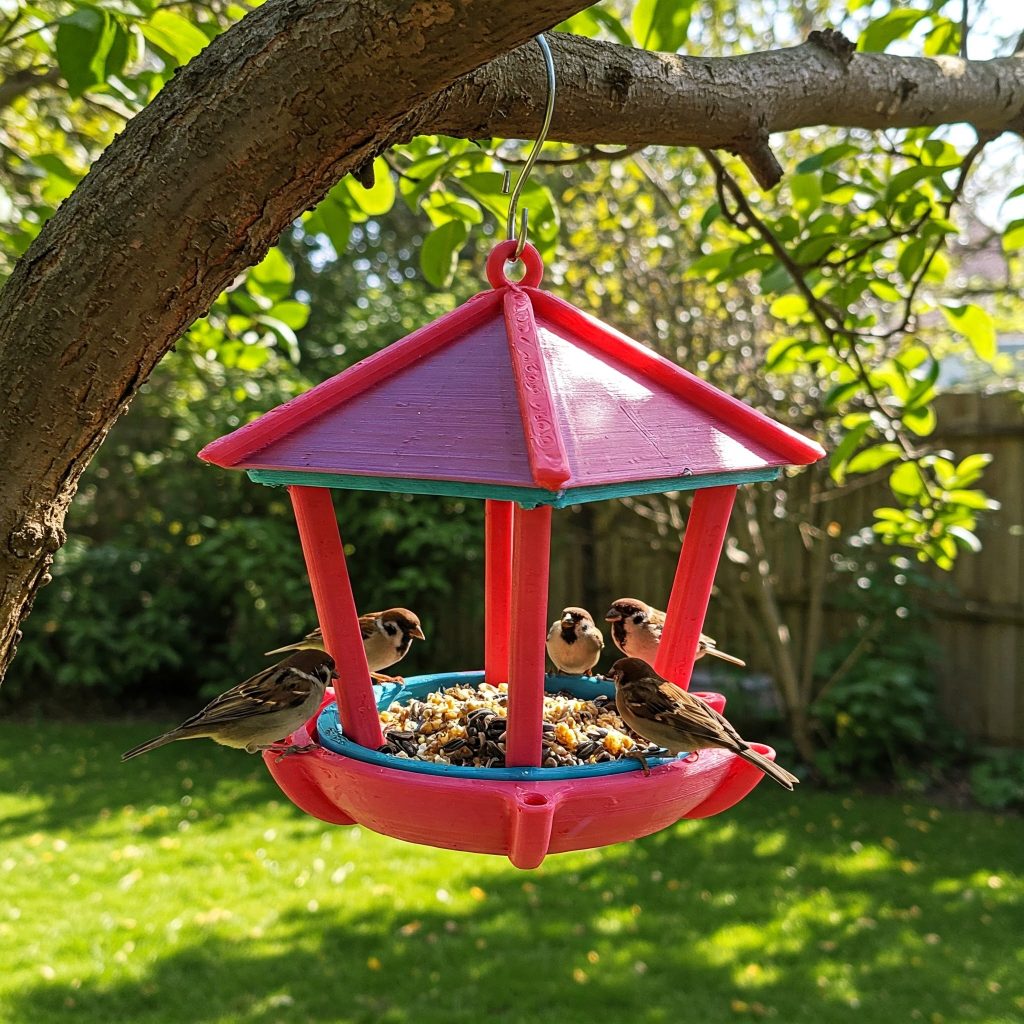
Don’t Let Your Prints Fade Away!
Protective coatings are a simple yet powerful way to enhance the durability, longevity, and appearance of your 3D prints, especially those made from non-UV stable materials like PLA and PETG. By adding this finishing step, you protect your investment and significantly broaden the potential applications for your creations.
Ready to bring your ideas to life with durable, high-quality prints? Contact NE Solution – your expert 3D printing service partner – for a quote today!
